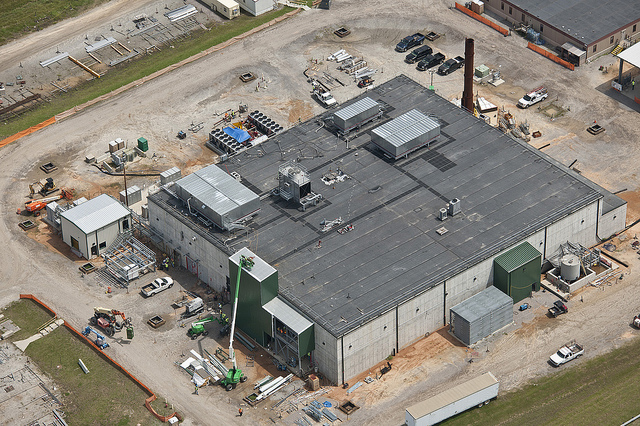What is 4D BIM and 5D BIM?
We all know that the term 3D represents ‘3 Dimensions’ in regards to what is often called the ‘X, Y and Z’ axis. We live in a 3D world and in 3D visualization we try to represent this world as accurately as possible by building objects virtually the same way they exist naturally.
But more and more I am hearing the terms 4D and 5D, especially in reference to BIM (Building Information Modeling). While these terms might be familiar to you, they aren’t familiar to everyone. Still, this will probably be a short post.
In the world we live in 3D isn’t completely accurate because things are always changing. Time is often considered this 4th dimension and in BIM, applying a time in the form of a schedule can add that 4th dimension virtually, just like we experience in real life.
At some point, designers and project managers didn’t have enough information in their 4D models, so they added a 5th dimension, cost. Now, if you have a 3D BIM model that has a schedule applied to it and then you additionally attach the project cost estimate, you are dealing with a 5D BIM model.
Let’s recap:
The Definition of 4D BIM
“4D BIM is the association of 3D BIM models with time in the form of a schedule.”
The Definition of 5D BIM
“5D BIM is applying a project cost estimate to a model, usually after the project schedule has been associated with the virtual model.”
Any additional thoughts on these terms?



The use of dimensionally acuarcte 3D images depends upon the questions you are asking of your site, and the final product that is required. Other research in the field of cultural heritage considers highly acuarcte 3D data fundamental to successful integration of different types of spatial data (i.e. geophysical surveys GPR is fundamentally 3D, terrestrial and airborne laser scanning, excavation information each strata, each artifact has a 3D volume or position, remote sensing data 2 D yet spatially acuarcte, etc ) Successful integration of these types of data in a spatial environment is a powerful tool for site planning, preservation, and management. GIS software provides one environment for integration and quantitative assessment, but has some 2D limitations. Other visualization software, such as Avizo, originally designed for medical imaging, is being used in oil exploration and in some cases, adapted to near-surface cultural heritage applications.Determining spatial accuracy (in data capture) is like asking how long is a piece of string When we approach each site, we need to ask specific questions in order to best plan our method for data capture and thus, provide appropriate information to attempt to answer the questions that we are investigating.